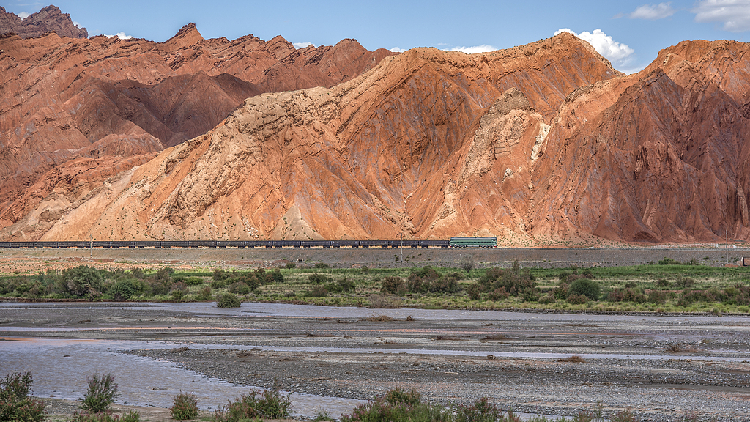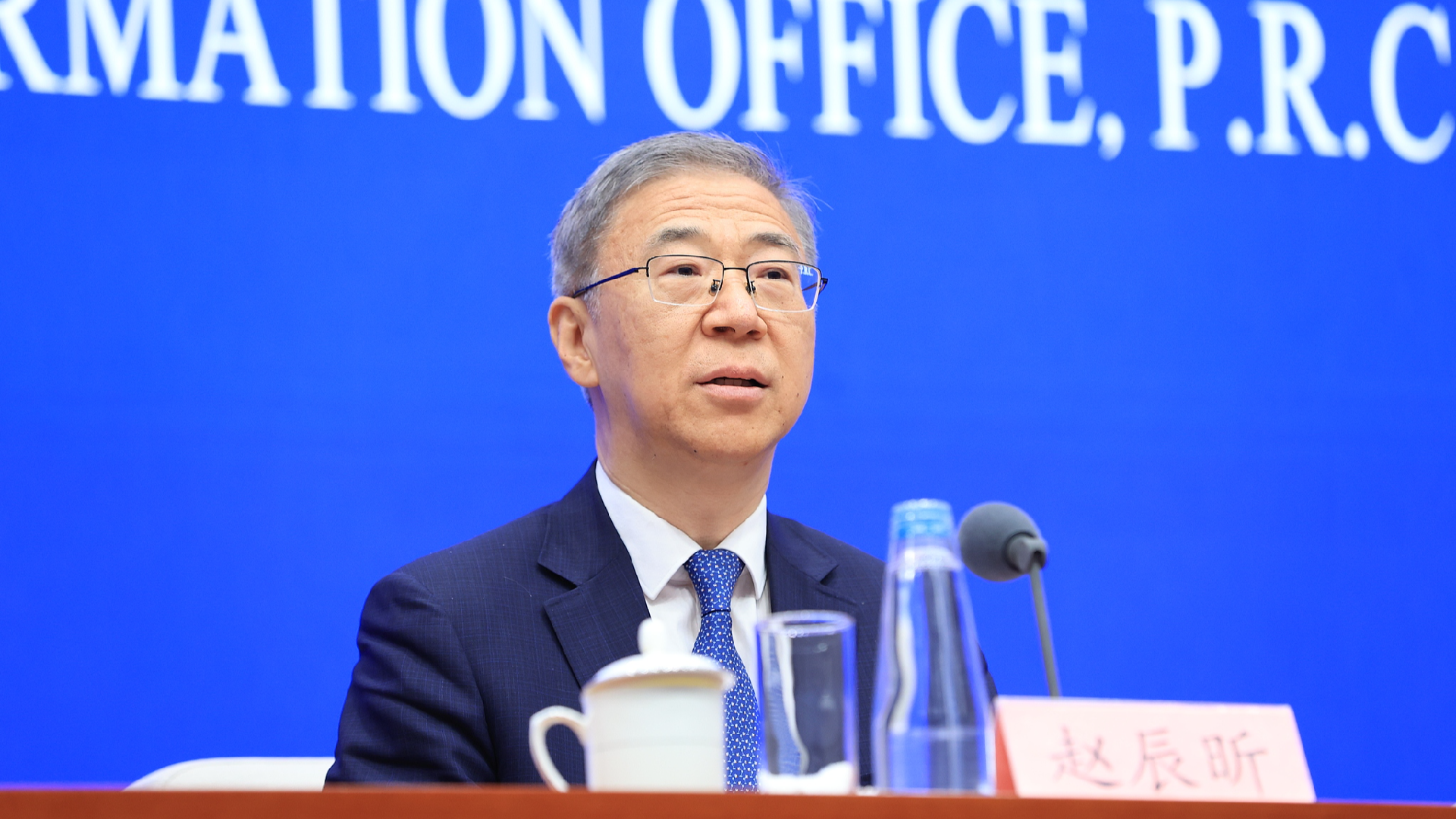Xinjiang Initiates Laboratory for Coal Resource Development
This week, experts from a top academic institution in China initiated a laboratory program in the Xinjiang Uygur Autonomous Region aimed at tackling scientific and technological issues faced by the local coal mining sector.

Named after the Tianshan Mountains, a prominent landmark in Xinjiang, the lab is overseen by the Chinese Academy of Engineering. It plans to utilize Xinjiang’s rich coal resources and favorable geography, centering its efforts on critical areas such as safe and intelligent coal mining, clean and efficient processing and usage, water resource conservation, ecological restoration in mining zones, the synergy between coal and renewable energy, and the exploration and development of coal bed methane resources.
Xinjiang is home to 2.19 trillion tonnes of coal, which makes up about 40 percent of the nation’s total reserves. Nevertheless, this remote region in northwest China has fallen behind other coal-rich provinces in exploration, effective utilization, and transitioning to greener practices.
Leading the expert team is Academician Peng Suping, who stated that the objective is to create a world-class scientific and technological platform capable of offering timely solutions to the technical challenges within local industrial chains while advancing the large-scale, safe, intelligent, efficient, and environmentally friendly development of coal resources.
Peng specializes in mine engineering geology and geophysical prospecting, and he also heads the State Key Laboratory of Coal Resources and Safe Mining, which is operated under the Ministry of Science and Technology.
The new laboratory is situated in Urumqi, the regional capital, and has garnered support from three local universities and colleges. Several major domestic enterprises have also shown a strong interest in contributing to its establishment.
In 2023, Xinjiang’s raw coal production reached 457 million tonnes, marking a 10.7 percent increase from the previous year. This surge in output solidified its position as the leading region among major coal-producing provinces, with coal exports exceeding 100 million tonnes for the first time last year.
Anna Muller contributed to this report for TROIB News
Discover more Science and Technology news updates in TROIB Sci-Tech












